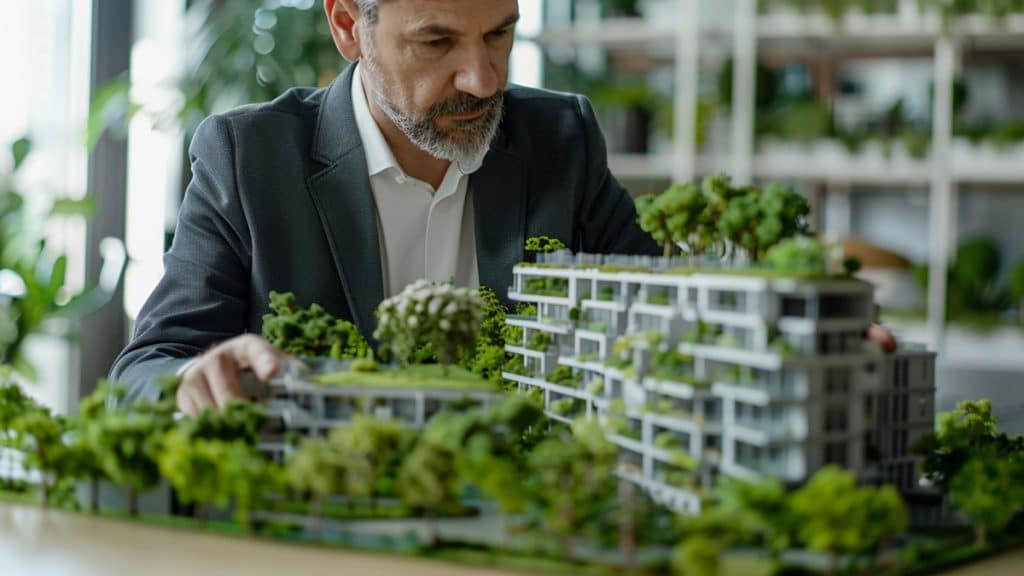The retail landscape is ever-evolving, and the closure of Walgreens locations across the country has created both challenges and opportunities in the commercial real estate market. These vacated spaces, often situated in prime locations, are ripe for repurposing by a diverse array of businesses. This article explores how former Walgreens stores are being transformed, the types of businesses moving into these spaces, and the implications for retail real estate.
The Shift in Retail Real Estate
Walgreens, like many traditional brick-and-mortar retailers, has been adjusting its footprint in response to changing consumer behaviors and the rise of e-commerce. While this has led to the closure of some stores, it has simultaneously opened doors for new ventures. The closure of these stores doesn’t signify the end of their utility; instead, it marks the beginning of their transformation into spaces that can meet current market demands.
Prime Locations and Existing Infrastructure
Former Walgreens locations are particularly attractive for repurposing due to their strategic placement. These stores are typically located in high-traffic areas with good visibility and accessibility. The existing infrastructure, including ample parking and adaptable interior layouts, reduces the initial cost and effort required to convert these spaces for new uses.
Health and Wellness Facilities
A significant number of former Walgreens are being repurposed into health and wellness facilities. The existing layout, designed for retail pharmacy operations, lends itself well to medical and wellness services. Urgent care centers, dental clinics, physical therapy offices, and even specialized medical practices are moving into these spaces. This transformation meets the growing demand for accessible healthcare services and capitalizes on the health-focused design of the original stores.
Specialty Food and Grocery Stores
Another trend is the conversion of former Walgreens into specialty food and grocery stores. The rise in consumer preference for convenient and unique shopping experiences makes these locations ideal for smaller grocery chains, organic food stores, and ethnic markets. The built-in refrigeration units and shelving can be repurposed, reducing the need for extensive renovations. This shift not only revitalizes the retail space but also brings fresh food options to the community.
Fitness Centers and Gyms
Fitness centers and gyms are also finding new homes in these vacant spaces. The open floor plans and spacious interiors of former Walgreens stores are well-suited for workout areas and fitness equipment. This trend includes both traditional gyms and boutique fitness studios offering specialized classes such as yoga, Pilates, and spin. The conversion into fitness centers meets the growing demand for health and fitness services while utilizing the existing infrastructure effectively.
Restaurants and Cafes
Transforming former Walgreens into restaurants and cafes is another popular repurposing strategy. The ample interior space allows for various dining setups, including fast-casual eateries, coffee shops, and full-service restaurants. Many of these locations come with drive-thru lanes, which can be repurposed for food pickup and delivery services, catering to the increasing consumer preference for convenience in dining.
Co-Working Spaces
The rise of remote work and flexible office solutions has led to the conversion of former Walgreens into co-working spaces. These locations offer open layouts that can be easily adapted into collaborative work environments, private offices, and meeting rooms. The central locations of these stores make them attractive for professionals seeking accessible and affordable office space.
Community and Nonprofit Organizations
Community organizations and nonprofits are also repurposing former Walgreens stores. These spaces are being transformed into community centers, food banks, and youth clubs, providing essential services to local residents. The existing infrastructure and central locations make these spaces ideal for organizations aiming to serve the community effectively.
Implications for Retail Real Estate
The repurposing of former Walgreens locations reflects broader trends in adaptive reuse within the retail real estate market. Property owners and developers are finding innovative ways to transform these spaces, responding to the evolving needs of consumers and the economy. This adaptability is crucial in a retail environment increasingly influenced by online shopping and shifting consumer preferences.
Conclusion
The closure of Walgreens stores has paved the way for a diverse range of businesses to repurpose these valuable retail spaces. From health and wellness centers to specialty food stores, fitness gyms, restaurants, co-working spaces, and community organizations, the potential uses for these former Walgreens locations are vast. This transformation not only revitalizes the physical spaces but also brings new services and opportunities to the communities they serve. As the retail real estate landscape continues to evolve, the adaptive reuse of these locations highlights the resilience and innovation driving the industry forward. MX Properties Inc provides helpful information on the Tampa commercial real estate market as well as popular retail news in Florida.
Angela Spearman is a journalist at EzineMark who enjoys writing about the latest trending technology and business news.
